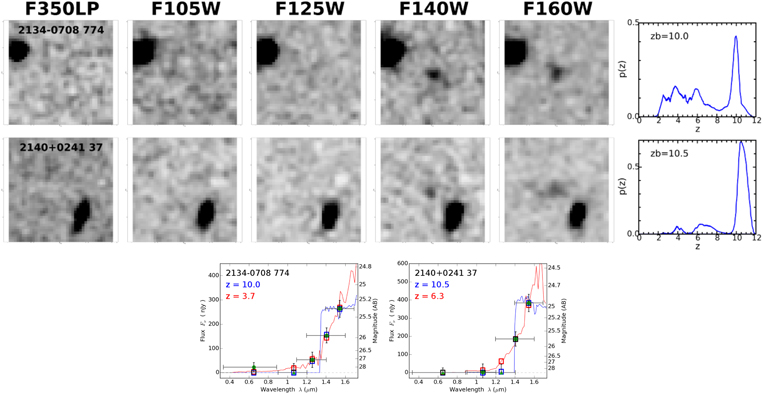The Brightest of Reionizing Galaxies Survey is a large Hubble Space Telescope Program focused on finding rare and bright galaxy candidates at redshift z~8-10, when the Universe was about 500 to 650 million years old.
Welcome
The Brightest of Reionizing Galaxies Survey is a large Hubble Space Telescope Program focused on finding rare and bright galaxy candidates at redshift z~8-10, that is when the Universe was about 500 to 650 million years old. We use Hubble’s Wide Field Camera 3, which is highly efficient in the near-infrared bands (Y, J, H) that are needed to identify these very distant galaxies. The near-infrared filters are complemented by deep optical imaging.
BoRG is a pure-parallel survey. This means that the data are acquired while Hubble is pointing for primary spectroscopic observations (typically distant QSOs or extrasolar planets).
BoRG was originally designed in Cycle 17 (GO 11700) to search for z~8 sources and continued with observations in Cycle 19 (GO 12572) and Cycle 20 (GO 12905), augmented by assimilation of other parallel imaging in the Hubble archive (see Bradley et al. 2012 and Schmidt et al. 2014 for the list of pointings and associated programs). Currently, we are boldly moving to Hubble’s detection frontier at z~9-10, and the BoRG Cycle22 observations (GO 13767) are optimized for identifying J-band dropouts that is galaxies observed when the Universe was about 500 Myr old.
We are releasing all science images through the Mikulski Archive for Space Telescopes.















